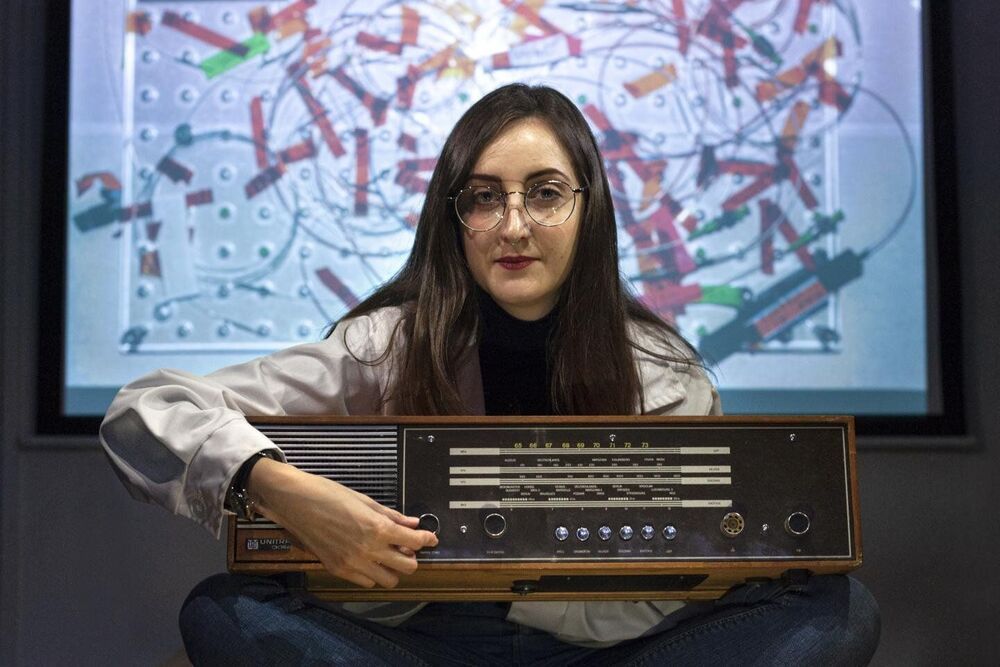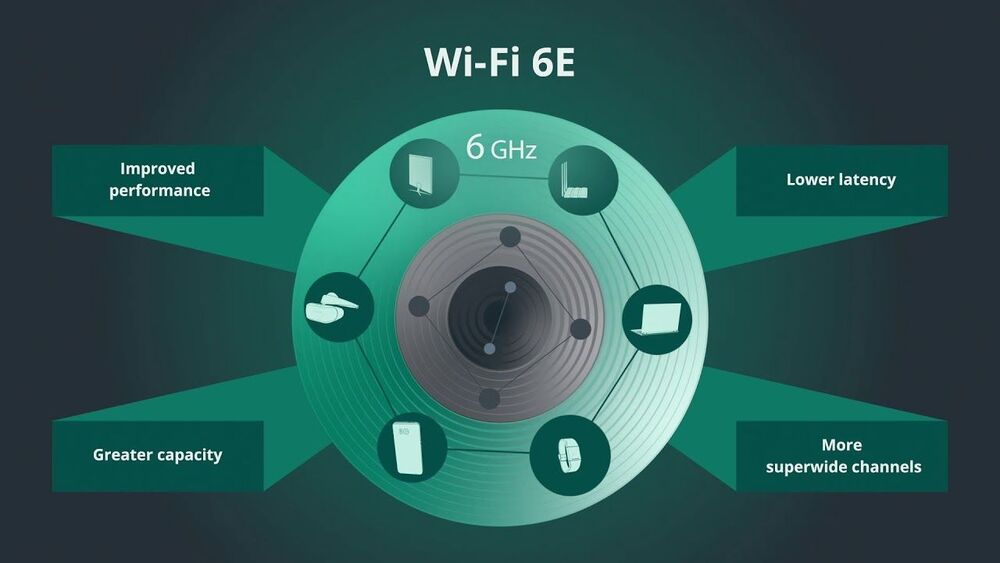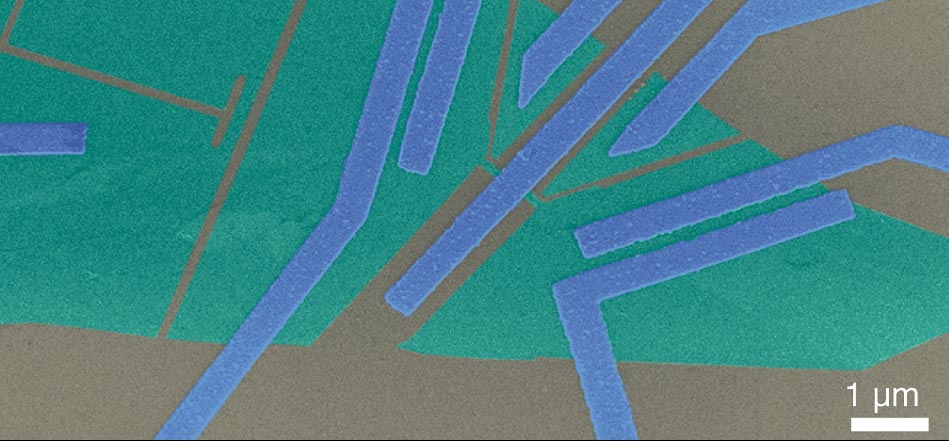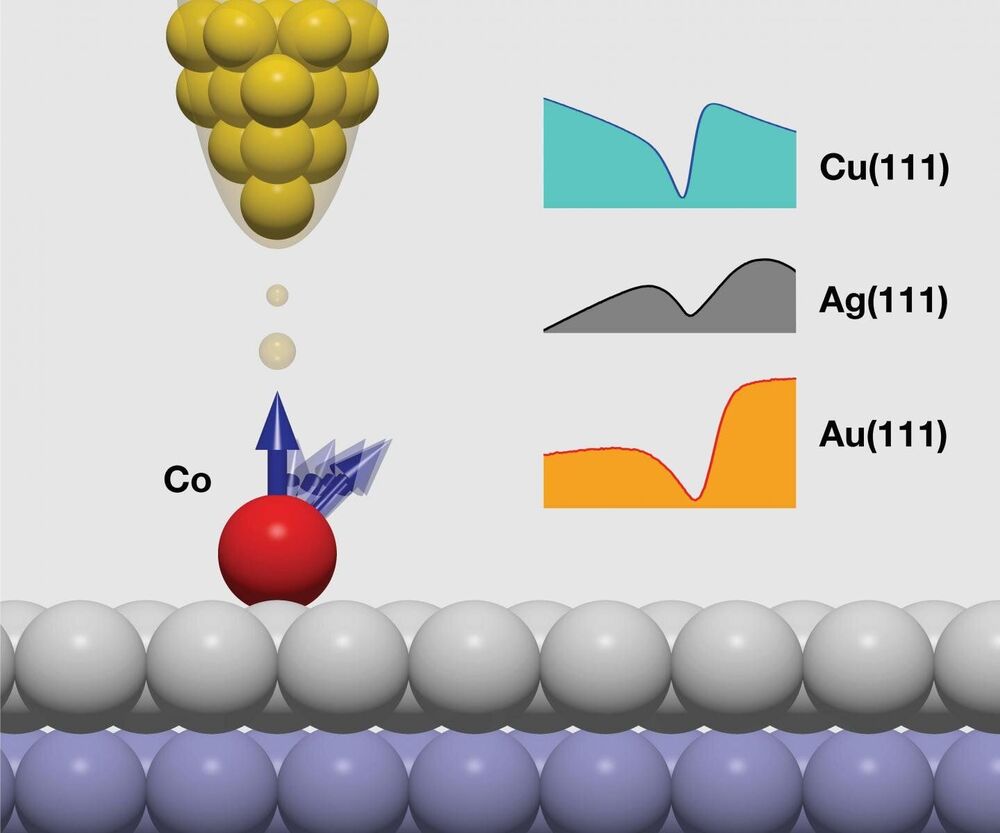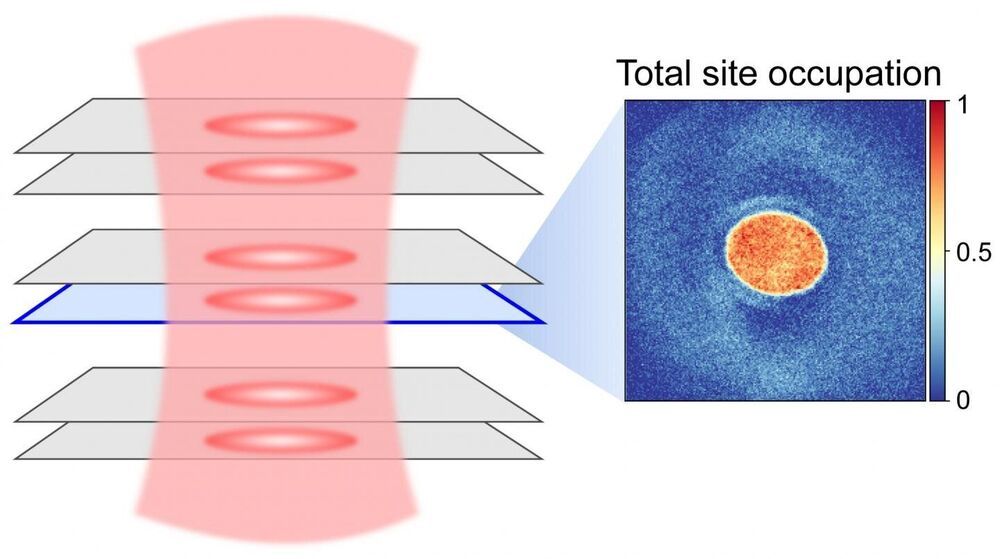DARPA Looks to Light up Integrated Photonics with Chip-Scale Laser DevelopmentAgency announces performer teams selected for LUMOS program.
Like.
Comment.
First demonstrated sixty years ago, the laser has become an essential technology in today’s world. It has transformed diverse fields including communications, sensing, manufacturing, and medicine. More recently, innovations in integrated photonics have allowed the miniaturization of key optical components and the ability to arrange several elements on a single silicon chip. When combined with lasers, these photonic integrated circuits (PICs) have the potential to replace large and costly optical systems with chip-scale solutions. However, due to differences in the properties of the materials that compose them, lasers and PICs are difficult to combine onto the same platform, limiting the benefits of integration and preventing broad technology impact.
To address this challenge, DARPA developed the Lasers for Universal Microscale Optical Systems (LUMOS) program, which aims to bring high-performance lasers to advanced photonics platforms. As highlighted in the recent program kick-off meeting, LUMOS will address several commercial and defense applications by directing efforts across three distinct Technical Areas.
The first LUMOS Technical Area brings high-performance lasers and optical amplifiers into advanced domestic photonics manufacturing foundries. Two research teams were selected in this area: Tower Semiconductor and SUNY Polytechnic Institute. These performers will work to demonstrate flexible, efficient on-chip optical gain in their photonics processes to enable next-generation optical microsystems for communications, computing, and sensing. LUMOS technologies will be made available to future design teams through DARPA-sponsored multi-project wafer runs.

